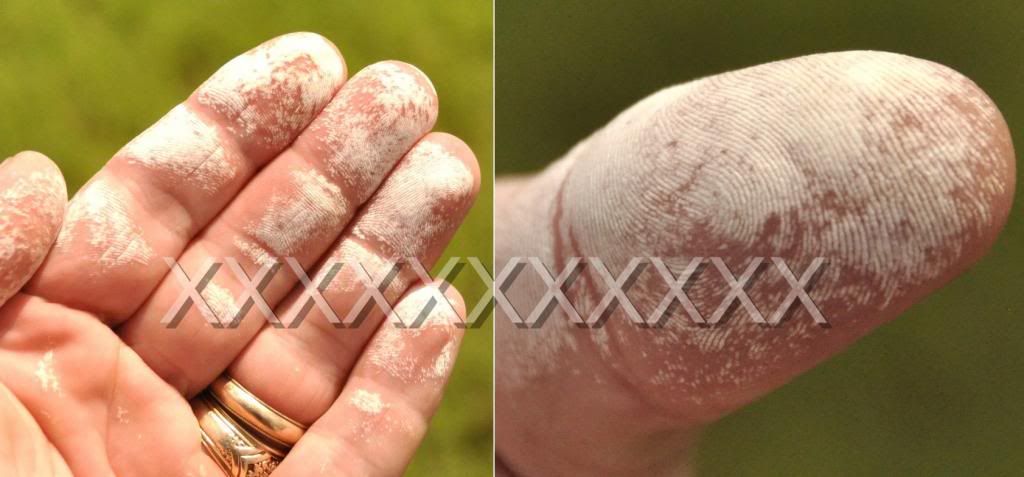Phycomycin, like many things, can be "harmful" if injested - or if moist tissues are exposed to it. Gloves and goggles are highly recommended when handling the product. Even a seemingly dry palm offers enough moisture to activate the product's oxidation process (I have proof). Not a pleasant sensation! WEAR GLOVES!

I know of no algaecides that don't contain some variation of "harmful" verbiage on their labels. The lawyers cover all their bases.

Regardless, every product should be treated with respect and caution - but some more so than others.
As for Phycomycin's post-application dissipation, it is quite rapid. I'd guess roughly 15-60 minutes, depending on circumstances and site-variables (esp water-temp).
Experiences with Phycomycin have shown it effective on many simple forms of filamentous algae, but not on higher forms of algae (Chara, Nitella). Also, water-depth influences the required dose-rate and effectiveness. Relatively shallow water treatments are preferred since product-activity dissipates as it descends through the water column, requiring higher dose-rates for a given surface-area as water-depth increases.
Treating half of a pond at a time is no guarantee that an oxygen-drop (or crash) will not occur. Conducting partial-pond treatments simply throttles the spike in oxygen-demand (prompted by microbial biomass degredation) by regulating the acute amount of decomposing biomass following each treatment. The threat of an oxygen-crash involves multiple factors: initial oxygen levels, water temp, amount of decomposing biomass, aeration (if any), etc. etc. Bottom line: 1/2 or 1/3rd pond-treatments only "reduce" the risk of an O2 crash.
Phycomycin's "price tag" per acre will vary signficantly; depending on sourced-cost of the product and the required dosage due to depth. Check out the wide-ranging dose-rates listed on Phycomycin's label.
Of equal consideration is the fact that a single-dose treatment of Phycomycin - or any other algaecide - is not a "cure" for algae problems, but instead is a short-term management approach. In many cases, filamentous algae will rebound after an algaecide treatment as long as conducive conditions are present.
PS: Sorry about my earlier thread hijack.